
Gardening in December: Tips & Tasks
December: Christmas is just around the corner, the year is drawing to a close and nature is finally coming to rest. In the last month of the year, silence returns to the garden and it's time to relax. If you were already busy in October and November, then there is relatively little to do in December. But you can still do something for your garden this month. Now is the time to complete all the tasks that have accumulated over the year. You can also start planning your beds for the coming gardening season.
This Article Contains:
- Bringing the Old Gardening Season to an End
- Cleaning Garden Tools
- Tidy up the Garden Shed
- Mulching
- Replacing Glue Rings
- Preparing for the Next Gardening Season
- Check Your Stocks
- Protection for Plants & Animals
- Indoor Gardening: Plants for the Windowsill
- Frequently Asked Questions About December Gardening Month
Quick Overview
Gardening in December
- Cleaning garden tools
- Tidying up the garden shed
- Mulching
- Replace glue rings
- Check supplies
- Plan the next season
- Check/protect winter vegetables and perennials
- Install nesting/feeding areas for birds
Bringing the Old Gardening Season to an End
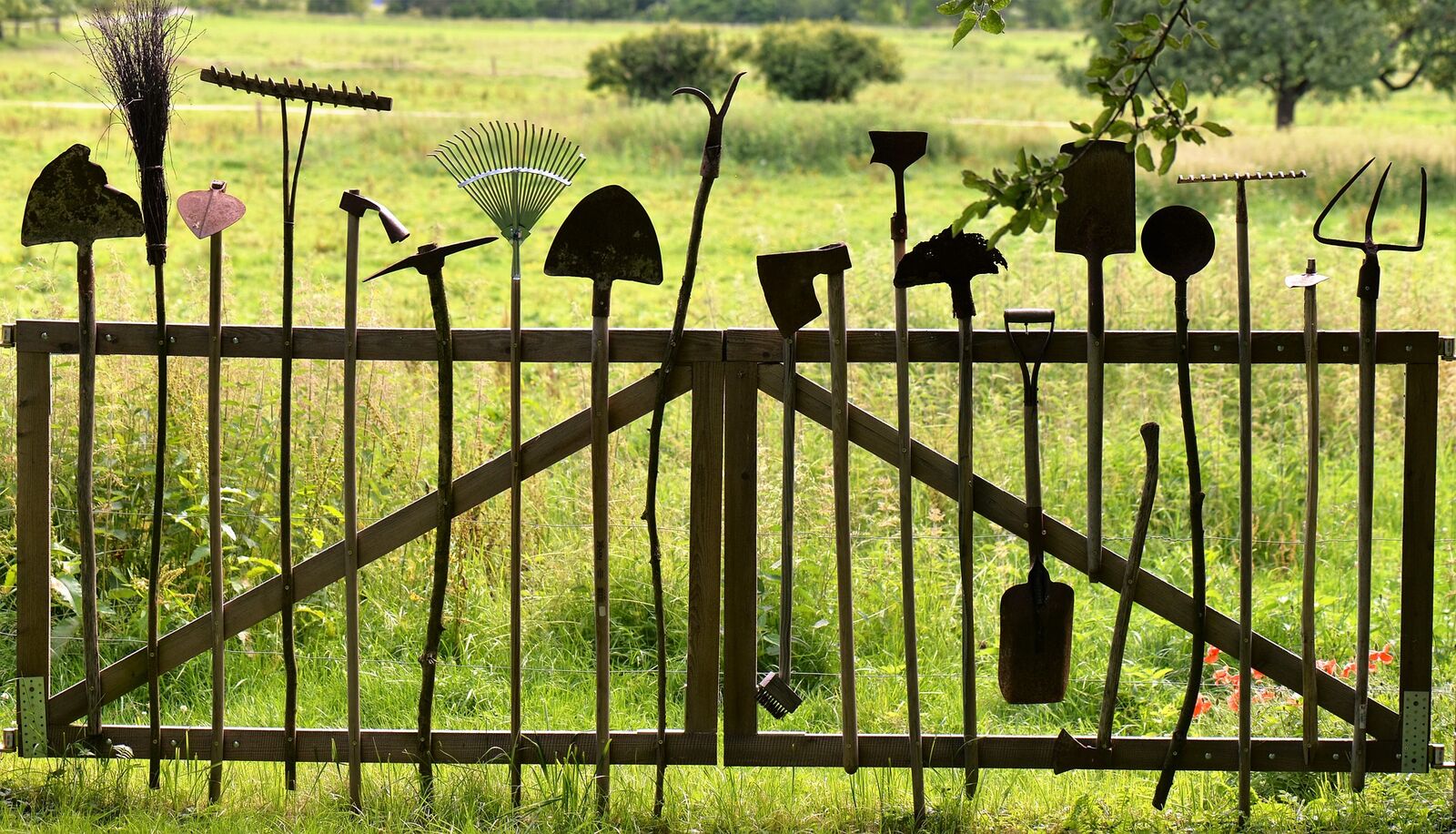
Cleaning Garden Tools
After the long months of work, your garden tools deserve to be sent into hibernation clean and tidy. To do this, free all your tools (shovels, hoes, etc.) from clumps of soil, plant residue and all other types of dirt. If you use water for this, dry the metal parts carefully to prevent rust. After cleaning, you can also protect the metal parts of your equipment with special wax or oil, as is also used for skis. This guarantees that your tools will last as long as possible. You can also sharpen your secateurs (or have them sharpened) so that they are ready for use again next year. You can get a sharpening stone for this yourself.
Our tip: If you cut through sandpaper with your secateurs from time to time, they will stay sharp for longer.
Tidy up the Garden Shed
The garden year has certainly left its mark on your garden shed too. So now is the time to tidy it up and get it back in shape for next year.
- Store all leftover garden soil, fertilizer and pesticides in a clean, dry and frost-free place. You should have used up any fertilizers you have made yourself, such as plant manure from nettles or other herbs, by then, as these only keep for a few months and would lose their effect over the winter months. If you still have some left over, you can also add it to your beds as a basic fertilizer. Compost, on the other hand, can easily be stored until next year. All you need for this is a water-repellent, frost-resistant fleece. Place this over the compost to protect it from the weather. This way, it can easily overwinter in the garden and is immediately available in spring to provide your beds with new nutrients.
- Sort any leftover seeds and store them in a dry, dark place. This not only keeps things tidy, but also gives you an overview of which seeds you need to get for next year. As the germination capacity of many crops decreases significantly from year to year, you should check the germination capacity of older seed packets. If the seed is more than two to three years old, it is therefore worth carrying out a germination test before sowing. To do this, sprinkle some seeds onto a piece of kitchen paper and keep it evenly moist. This allows you to see how much seed sprouts and whether it is still worth sowing. If the germination capacity has only decreased slightly, you can still sow the seeds. In this case, you should only sow more seeds than usual so that enough seedlings emerge.
Mulching
If you haven't already done so, you can now spread a layer of mulch on your beds and around your shrubs and trees from your remaining plant cuttings, leaves or straw. This will give the microorganisms in the soil the opportunity to decompose the plant residues and make the nutrients they contain available to plants. And your plants will thank you for this next year. In addition, the soil is protected from drying out and soil erosion. You can find out How to Mulch Properly and Which Materials Are Suitable here.
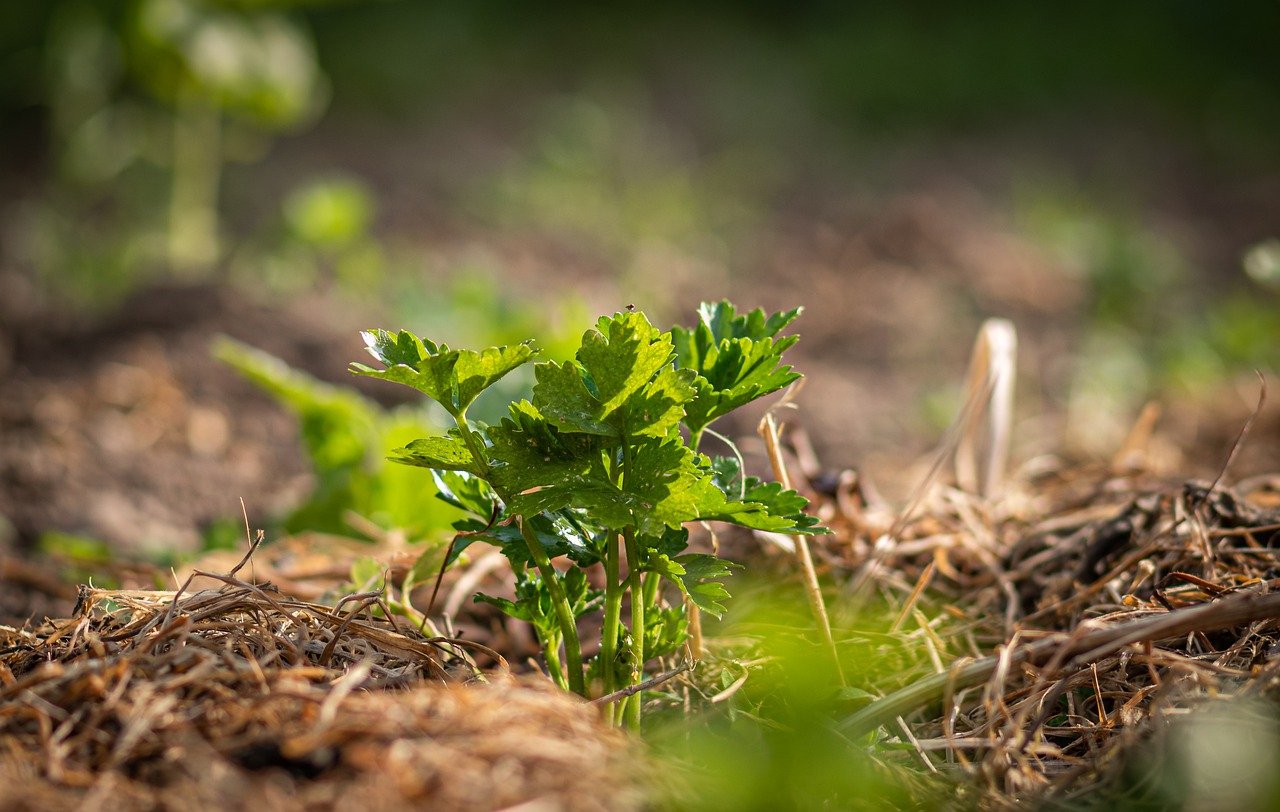
Replacing Glue Rings
Glue rings are a good way to protect fruit trees from voracious guests. They stick to the sticky surface and prevent them from damaging your trees. To ensure that your trees are well protected for the coming year, you can now replace existing glue rings or attach new ones. To ensure protection all year round, glue rings should be replaced every three months or so. When attaching them, you should make sure that the ring encloses the trunk well. Otherwise you run the risk of the small insects simply climbing up the trunk under the rings and helping themselves. The glue ring is attached approximately in the middle of the trunk. There should be no possibility of climbing over blades of grass or other plants into the treetop. If this is the case, it is attached further up.
Preparing for the Next Gardening Season
Probably the most interesting point in December can also be the most enjoyable: Because you can do it from the comfort of your own home with a nice cup of tea. It's all about planning the next gardening season! You can find detailed Instructions on Planning and Preparing for the Next Gardening Season here.
Now you can take your time to reflect on what you have learned from gardening this year and what you would like to take with you into next year. A garden diary is the best way to do this. You can write down your experiences and impressions from the past year and your wishes for the coming gardening year. You can also record your bed plan from the previous year here. This way you won't forget where you grew which plant in the past. Furthermore, you now have time to browse through garden catalogs for new ideas and order seeds for the new year.
And last but not least: You can create your bed plan for next year. This means that you write or draw down where you want to grow which plants next year. It is important to rotate the plants in your beds to maintain soil fertility and health. There are a few points you need to bear in mind for your succession cropping.

Would You Like to Plan Your Beds?
With our bed planner, you can easily plan a colourful mixed crop. Good and bad companion plants are displayed directly and you get tips on crop rotation!
Plan a Bed NowCheck Your Stocks
If you have stored vegetables or apples in the cellar, you should check your stocks regularly. This involves removing rotten or wilted vegetables (or parts of them). Vegetables stored in sand, such as beet or carrots, should be checked for moisture. The substrate must not be too moist, otherwise the vegetables will start to rot. But too dry is also bad, as the vegetables will shrink. The sand should therefore always be watered carefully and sparingly and checked regularly. If the temperatures are above zero degrees during the day, you can air it out now and again. Fresh oxygen is good for most stored vegetables. You can find Tips and Tricks for Storing Vegetables Correctly here.
Protection for Plants & Animals
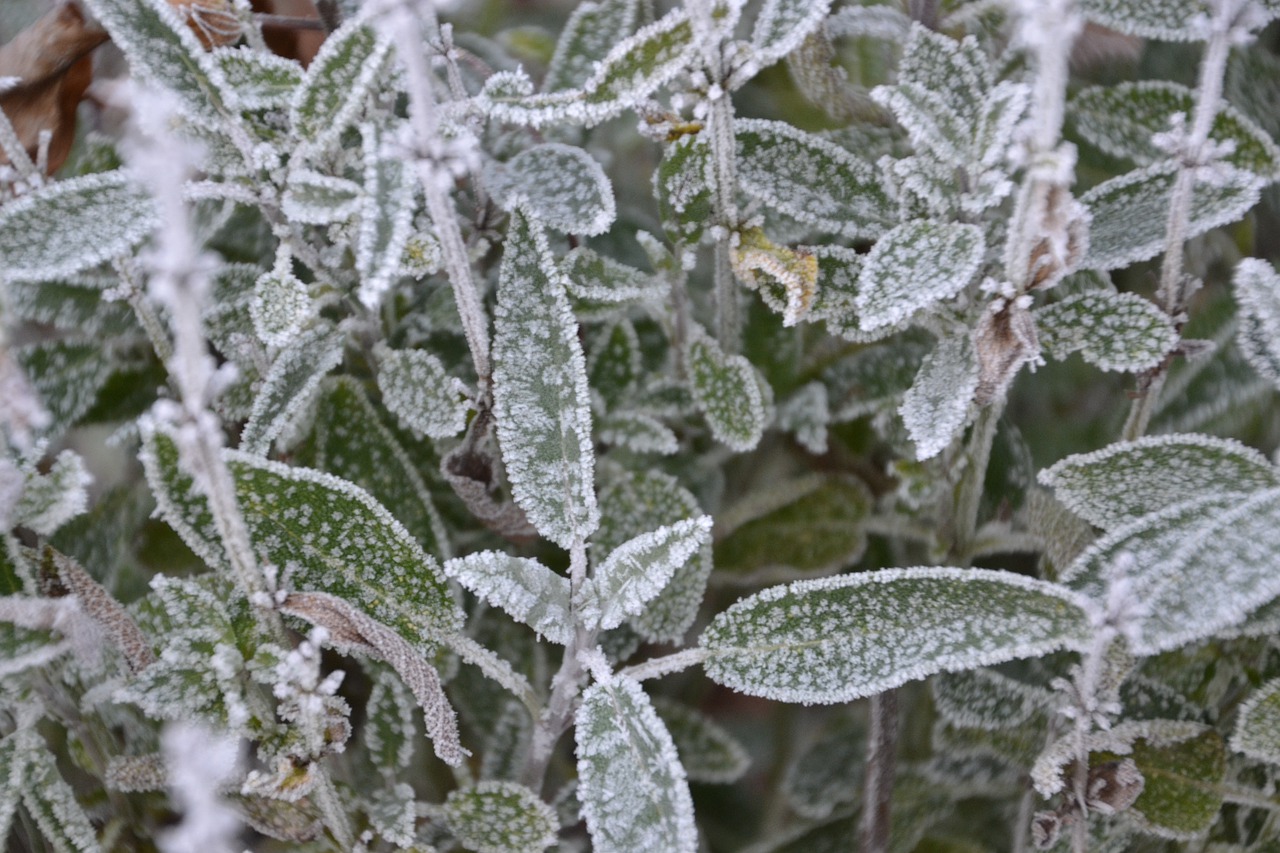
Winter Vegetables and Perennial Vegetables
Some vegetables can still be grown in winter. These include lamb's lettuce, chard, parsnip and leek, for example. We explain How to Grow These Vegetables in Winter in our article on the subject. If your winter plans include perennial plants that overwinter easily in our latitudes, you should take good care of them now. Perennial plants should be protected from severe cold during the winter. You can find out what you need to consider for which plants in our article Overwintering Perennial Plants. It is important to check the plants regularly. Especially if sub-zero temperatures are forecast, plants in the open must be well covered with mulch made from spruce branches or leaves.
Caring for Hardy Herbs
Hardy herbs include, for example, various types of thyme, sage, rosemary and lavender. Hardy in this case means that they not only survive the winter, but also retain their leaves with the right care. That means for you: If you treat them with care, they will provide you and your kitchen with fresh herbs all winter long. However, you also need to continuously protect them from the cold temperatures. Just as with winter vegetables, you can use spruce branches, bubble wrap or something similar.
Installing Nesting and Feeding Boxes
You can also do something good for the animals in your area by hanging up nesting or feeding places for birds. Bird species that don't spend the winter in the south are particularly happy about this. This way, they will always find a place to rest or find something to eat, even in the cold season. You can find More Tips on How to Make Your Garden Bird-Friendly and how you can support birds in winter in this article.

Indoor Gardening: Plants for the Windowsill
When the main season in the garden is over and there is little to do there, you can also plant and sow some things at home:
- Potted herbs:
Parsley, chives and peppermint are very suitable as potted herbs in winter. As they do not require as much light as Mediterranean herbs, they germinate very easily on a windowsill at this time of year. The only important things here are regular watering and even temperatures. This means you should choose a windowsill for your potted herbs that is not directly above a warm radiator! - Microgreens:
Another option is so-called "microgreens". These are very young plants (also known as seedlings or sprouts) of certain vegetables such as beet, kohlrabi, radishes or fennel. Probably the best-known "microgreen" is and remains garden cress. To grow your own sprouts, the seeds are sown very densely and harvested after just 10-14 days. If you have never done this before, you can find Instructions on How to Grow Radish Sprouts here.
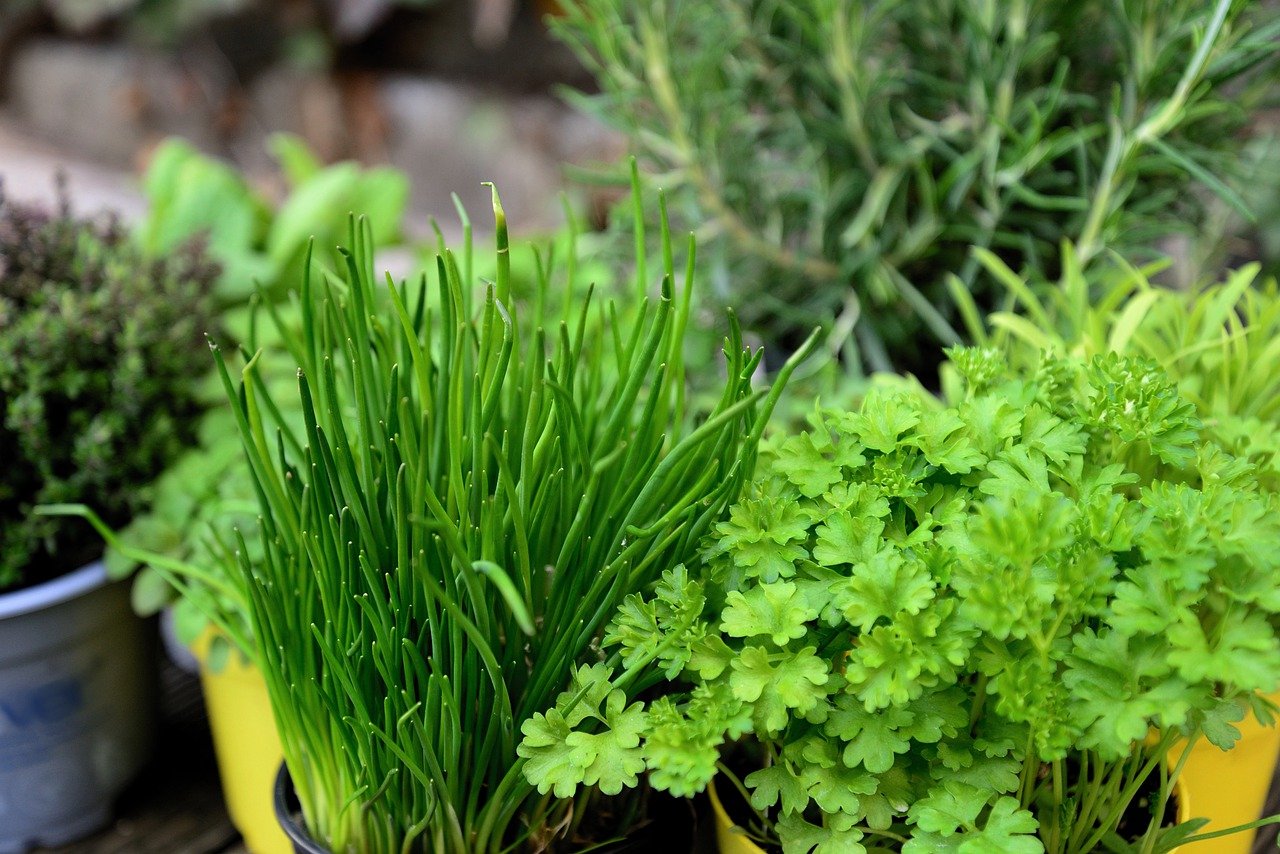
As you can see, if you still haven't had enough of gardening in December, there are still plenty of meaningful and exciting things you can do. Not only can you prepare yourself and your garden for next year, but you can also make the cold season a little more exciting.
If you have any questions or suggestions, please write to us at [email protected].
Want to get helpful gardening tips all year round and plan your own beds in the best possible way? Then register here or download the Fryd app for Android or iOS.
Fryd - Your digital bed planner

Eric
Eric is 23 years old and has been studying agricultural sciences at the University of Hohenheim since 2015. Together with a friend, he has been cultivating an allotment garden in Stuttgart since 2017.
Learn MoreCurrent Topics in the Community
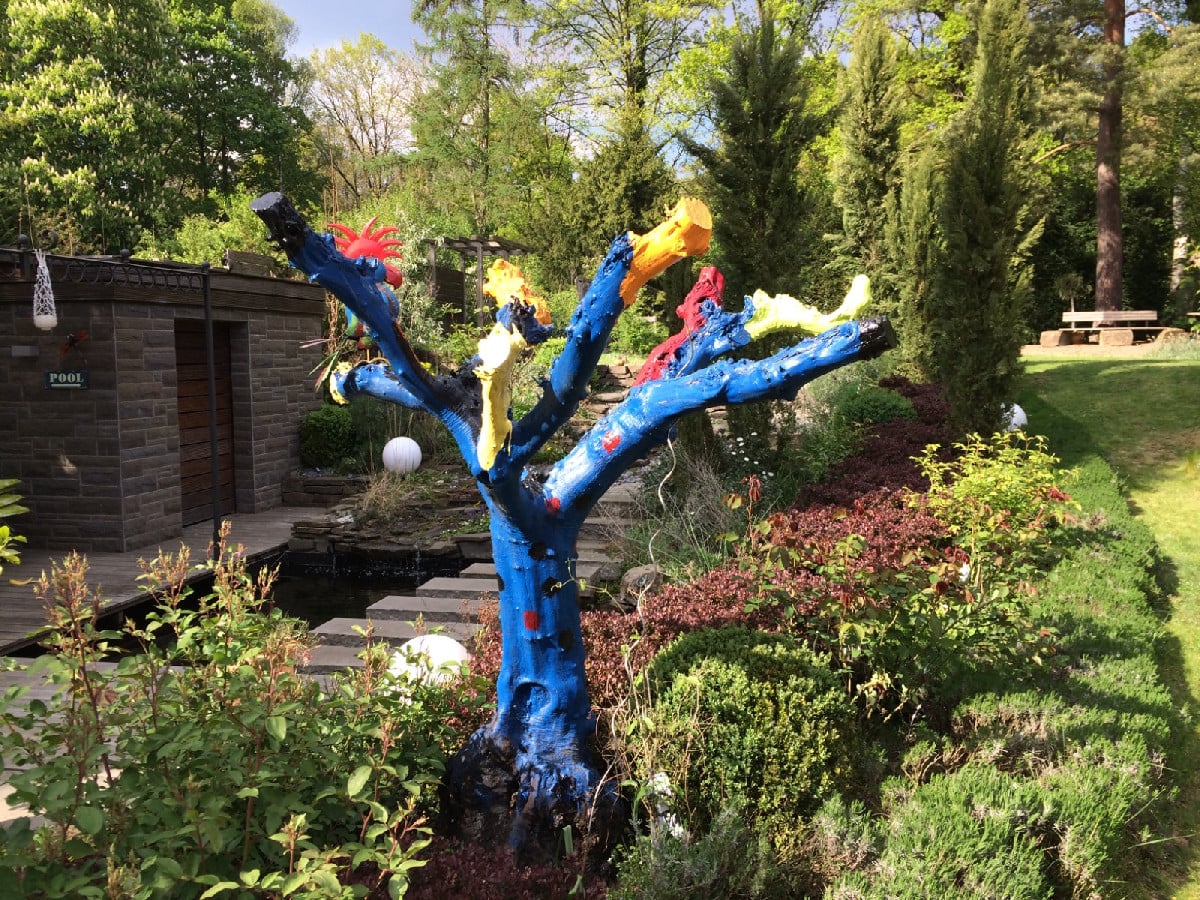
We had an olive tree ... when it didn't survive a harsh winter, my husband and our children turned it into this sculpture - a real #heart element in our garden. We planted a rambler rose on the second olive tree, which enchants us every year with its white flowers. It looks as if it were a flowering rose bush ....
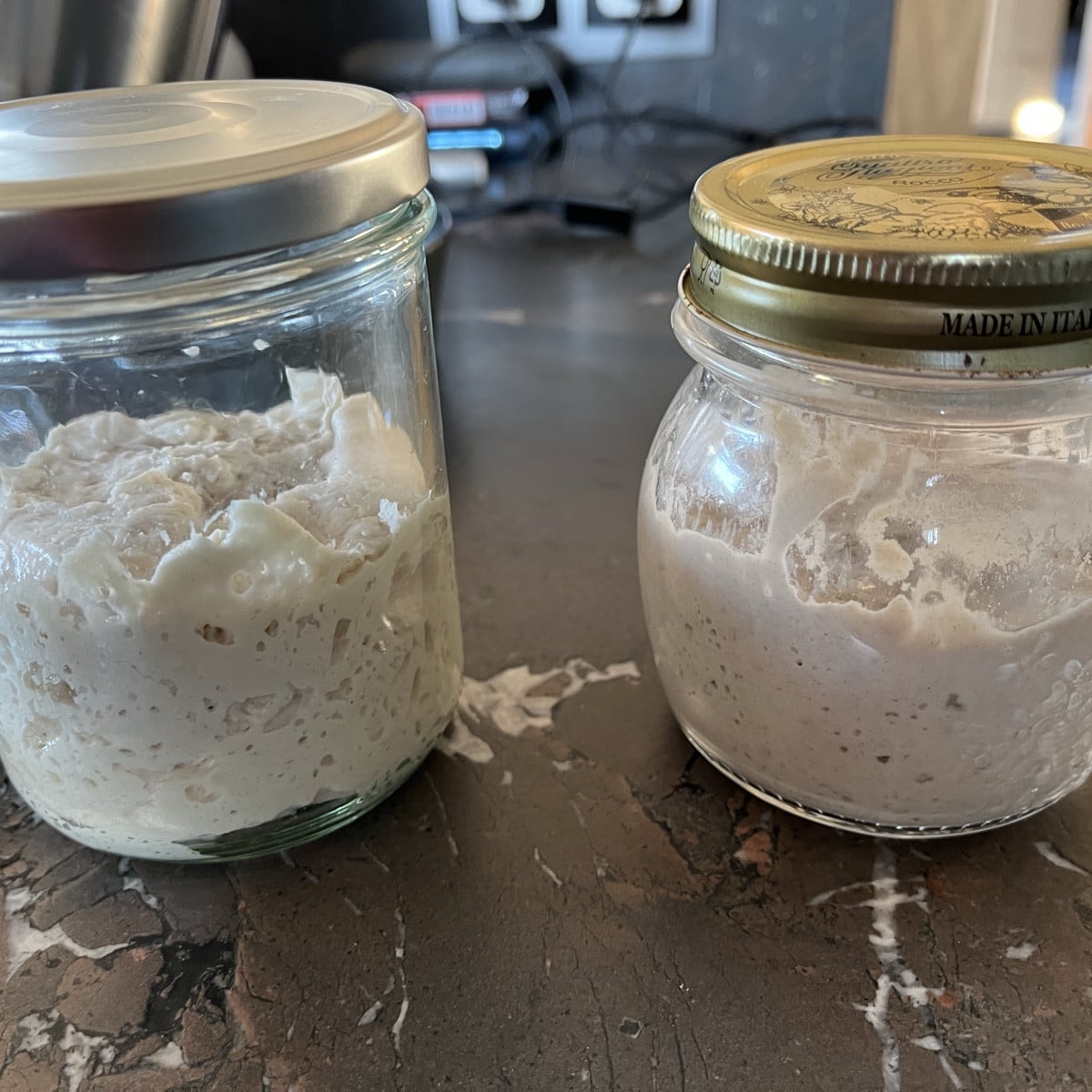
Liked 5 times
May I introduce: my roommates Max (left) and Moritz. Max is a "sweet starter", which I used for the panettone and I can say it's much better than the store-bought one! The baguette (ok I still have to work on the perfect shape 🤣) with yeast only. The Moritz is a rye sourdough and is used for Vintschgauer.
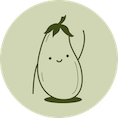
Hello lovelies I am new to gardening What recommendations do you have for buying seeds? Or which stores can you recommend? I'm planning to start with the classics Onions, potatoes, garlic, carrots, herbs, lettuce, tomatoes, peas, beet and pumpkin
Show 3 answersPopular Articles

Overwintering Parsley: How to Do It Successfully

How to Grow Lettuce in Winter: Varieties, Sowing, Harvesting

Growing Sage Plant: Tips for Sowing and Harvesting

What Herbs Can Be Planted Together?

Create & Design a Permaculture Garden

Overwintering Plants: Tubs, Pots and Raised Beds

Pruning, Fertilizing & Propagating Currants: Care Tips

Pruning Raspberries: How to Do It

Vegetable Garden With Greenhouse: How to Use Greenhouse Effect

Winterizing Beds and the Garden: How to Do It
FAQ
How should garden tools be cared for in December?
Garden tools should be cleaned and treated with oil or wax to protect them from rust.
What should I bear in mind when tidying up the garden shed?
All material should be stored dry and frost-free. Sort the seed and check whether it is still capable of germinating.
How should you plan your garden for the next season?
It's a good time to plan next year's beds and order seeds.
How can you check stocks in winter?
Regularly check storage sites, remove damp and rotten parts and check the substrate for the correct humidity.
What steps should be taken to protect plants and animals in winter?
Cultivate hardy herbs, install nesting and feeding places for birds and protect perennial plants against the cold.